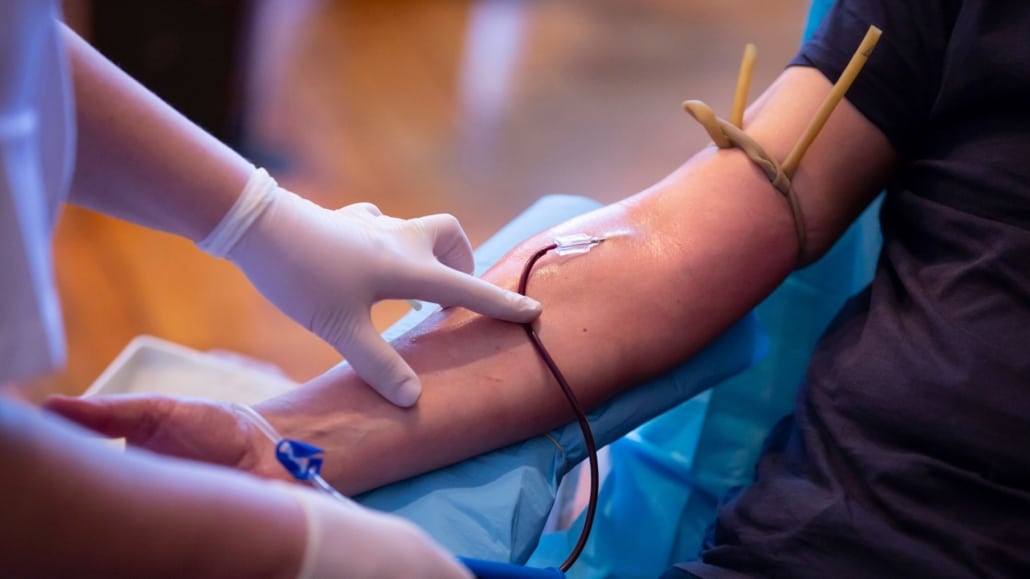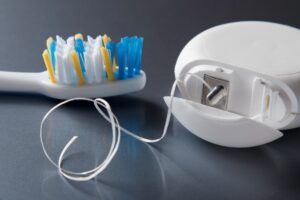
As of January 14, 2022, 68% of blood centers in the U.S. have under 3 days of blood supply. This is the minimum necessary to meet regular demand.
Under normal circumstances, the Red Cross supplies 40% of the U.S.’s national supply that hospitals use. However, since the beginning of the COVID-19 pandemic, the organization has seen a 10% decline in the number of people donating blood.
To solve this shortage, the Red Cross is raising awareness and urging individuals to donate blood.
“All types are needed now, especially types O positive and O negative, as well as platelet donations, to help reverse this national blood crisis,” wrote the American Red Cross in a press release.
If there is not an immediate opportunity available to donate, donors are asked to make an appointment in the days and weeks ahead to ensure the Red Cross can replenish and maintain a sufficient supply. Blood cannot be manufactured, and there is no alternative treatment for blood transfusion. It is therefore crucial for people to donate to save lives.
One unit of blood is equal to 500 milliliters. The American Red Cross predicts that 29,000 units of red cells are needed daily in the U.S. The average red cell transfusion is around three units. Yet, a car accident victim may require as many as 100 units. However, not everyone has been equally affected by the nationwide shortage.
During the initial phase of the pandemic in the U.S, the supply decreased.
However, our use decreased concurrently as elective and non urgent surgeries were canceled across the country. As these surgeries resumed, collection centers were unable to keep up with the demand.
One of the major reasons collection centers have been unable to keep up with the demand? Many of the ways in which people used to give blood have been curtailed or canceled. This is due to continued COVID-19-related restrictions.
Despite some loosening of these restrictions in various parts of the country, the repeated surges of COVID-19 disease have continued to depress donations. Many hospitals and other organizations are sponsoring blood drives. However, the return on these is also decreasing. This means successive drives are not garnering the same amount of donations as they did in the past.
For more information on health insurance or healthy tips, visit us through Healthedly Insurance Services to learn more.







